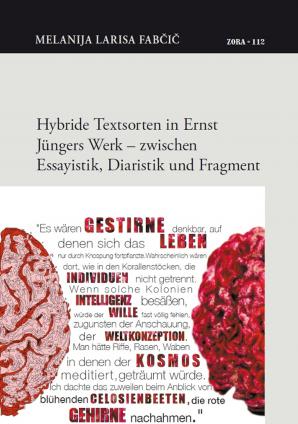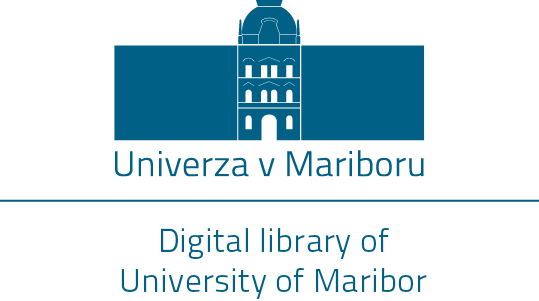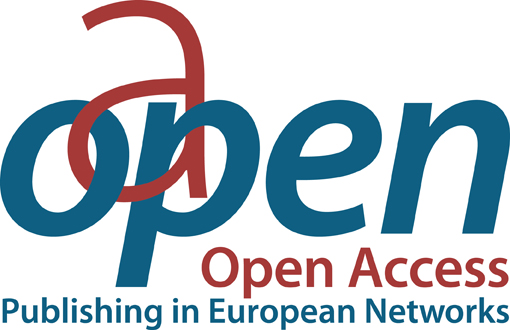Hybride Textsorten in Ernst Jüngers Werk – zwischen Essayistik, Diaristik und Fragment
Synopsis
In der Monographie von Melanija Larisa Fabčič über hybride Textsorten in Ernst Jüngers Werk wird eine Analysemethode entwickelt, die auf größtmögliche Genauigkeit genauso wie auf Beweglichkeit setzt. In einer Bewegung soll mittels kognitiver Stilistik die maximale Tiefenschärfe der Textbezüge erfasst und mittels einer Theorie der Mannigfaltigkeit nach dem Modell des französischen Philosophen Gilles Deleuze, sowie in Anlehnung an seine Filmtheorie, die spezifische Darstellungs- und Zeitform von hybriden Texten rekonstruiert werden. Analysegegenstand sind Texte des deutschen Schriftstellers Ernst Jünger, deren spezifischer „hybrider“ Operationsmodus mit seinen Ambiguitäten zwischen Realität und Fiktion, Gedächtnis und Erfindung, Reflexion und Poesie auf ein allgemeines Programm für Wahrnehmen und Erkennen bezogen wird. Was daraus entsteht, ist eine konzise Methode von Genauigkeit und Uneindeutigkeit, von Zentrum und Verschiebung, von Klarheit und Verfremdung, die einerseits die hybriden Textsorten selbst gewissermaßen kristallklar und als von „stereoskopischer“ Evidenz erscheinen lässt als auch andererseits den rätselhaft kalten und verträumt-transparenten Charakter der Jüngerschen Mikrotexte bis in den letzten Zug nachvollziehbar macht: Zug um Zug bewegt sich ein Bild oder eine Aussage, alles scheint klar – nur wird oftmals bei genauem Hinsehen das Zentrum des Geschehens etwas verschoben, passt eine Kleinigkeit nicht genau, passiert wie selbstverständlich etwas Unerwartetes. Die Spannung bei einer derartig vorgehenden Analyse der Jüngerschen Texte ähnelt der bei der Textlektüre: Man muss schon sehr genau lesen, um das wahrzunehmen. Die Monographie von Melanija Larisa Fabčič will dafür eine Methode zur Verfügung stellen.
Hybrid text types in Ernst Jünger's work - between Essay Studies, Diaristik and Fragment. In Melanija Larisa Fabčič's monograph on hybrid types of text in Ernst Jünger's work, an analysis method is developed that focuses on the greatest possible accuracy as well as mobility. In a movement, the maximum depth of focus of the text references is to be captured using cognitive stylistics and the specific representation and tense of hybrid texts are to be reconstructed using a theory of diversity based on the model of the French philosopher Gilles Deleuze, as well as following his film theory. The subject of analysis are texts by the German writer Ernst Jünger, whose specific "hybrid" mode of operation with its ambiguities between reality and fiction, memory and invention, reflection and poetry is related to a general program for perception and recognition. What emerges from this is a concise method of accuracy and ambiguity, of center and shift, of clarity and alienation, which on the one hand makes the hybrid text types themselves crystal clear and to a certain extent appear as "stereoscopic" evidence, and on the other hand the mysteriously cold and dreamy-transparent Makes the character of the Younger Microtext comprehensible down to the last move: step by step, an image or a statement moves, everything seems clear - only when you look closely, the center of the action is often shifted a little, a little something doesn't fit exactly, something happens as a matter of course Unexpected. The tension in such an analysis of the Younger texts is similar to that in the text reading: You have to read very carefully to perceive this. Melanija Larisa Fabčič's monograph intends to provide a method for this.
Downloads






